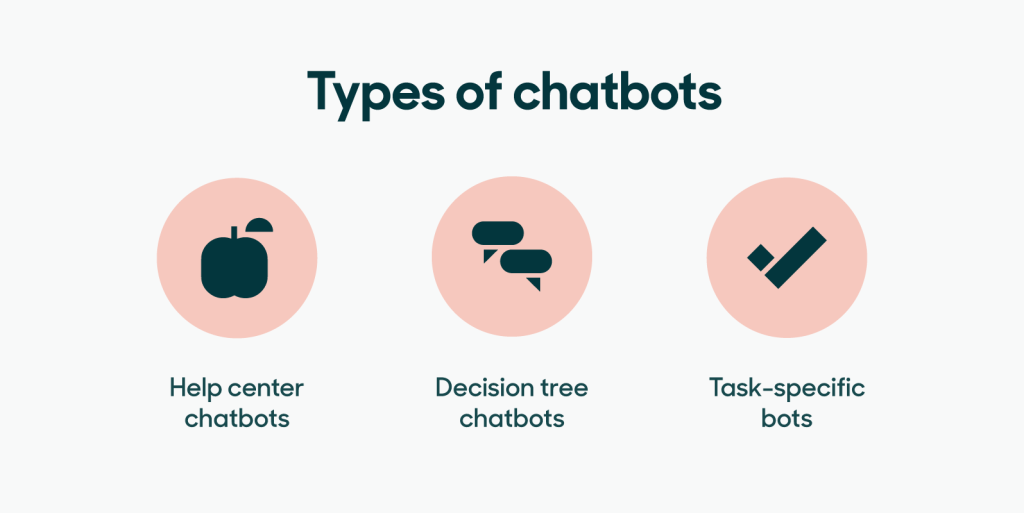Upgrade & Secure Your Future with DevOps, SRE, DevSecOps, MLOps!
We spend hours on Instagram and YouTube and waste money on coffee and fast food, but won’t spend 30 minutes a day learning skills to boost our careers.
Master in DevOps, SRE, DevSecOps & MLOps!
Learn from Guru Rajesh Kumar and double your salary in just one year.

Have you ever found yourself chatting with a customer service representative, only to realize that they’re not actually human? That’s because you were probably talking to a chatbot. Chatbots are becoming increasingly popular in the world of customer service and marketing, and for good reason. In this article, we’ll delve into the world of chatbots, exploring what they are, how they work, and why they’re so important.
Let’s Start with the Basics: What are Chatbots?
Simply put, chatbots are computer programs designed to simulate conversation with human users. They are essentially robots that chat with people. These programs are powered by artificial intelligence (AI) and can be integrated into various platforms, including websites, messaging apps, and social media platforms.
The Different Types of Chatbots
There are two main types of chatbots: rule-based and AI-powered.

Rule-Based Chatbots
Rule-based chatbots, also known as decision-tree chatbots, follow a pre-defined set of rules to respond to user queries. They are relatively simple and can only respond to specific questions or commands.
AI-Powered Chatbots
AI-powered chatbots, on the other hand, use machine learning algorithms to understand natural language and hold more sophisticated conversations with users. These chatbots can learn from past conversations and improve their responses over time.
The Benefits of Chatbots
Chatbots can bring significant benefits to both businesses and users. Here are some of the most significant benefits:

- 24/7 Availability: Chatbots can provide 24/7 customer support, even when human agents are not available.
- Cost-Effective: Chatbots can handle a large volume of queries at once, reducing the need for human agents and cutting costs.
- Time-Saving: Chatbots can provide quick and efficient responses, saving users’ time.
- Personalization: AI-powered chatbots can learn from past conversations and personalize their responses to individual users.
How Do Chatbots Work?
Chatbots use natural language processing (NLP) and machine learning algorithms to understand and respond to user queries. Here’s how it works:
- The user sends a message to the chatbot.
- The chatbot uses NLP to analyze the message and understand the user’s intent.
- The chatbot searches its knowledge base to find the best response to the user’s query.
- The chatbot sends the response back to the user.
The Future of Chatbots
The chatbot industry is growing rapidly, with more and more businesses adopting chatbots to improve customer experience and cut costs. According to a report by Grand View Research, the global chatbot market size is expected to reach USD 9.4 billion by 2024.
Wrapping Up
Chatbots are revolutionizing the way businesses interact with their customers. They provide quick, efficient, and personalized support, saving businesses time and money while improving customer satisfaction. As AI technology continues to evolve, we can expect chatbots to become even more sophisticated and widely adopted in the years to come.

 Starting: 1st of Every Month
Starting: 1st of Every Month  +91 8409492687 |
+91 8409492687 |  Contact@DevOpsSchool.com
Contact@DevOpsSchool.com